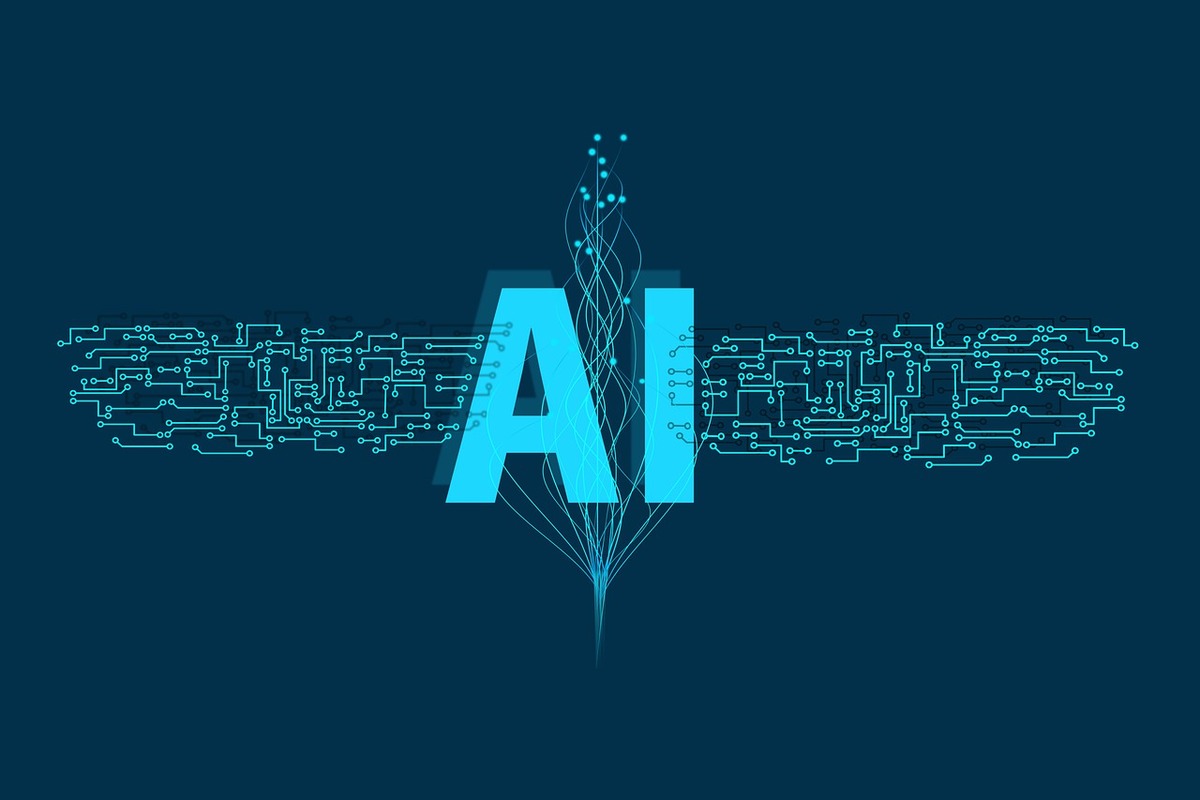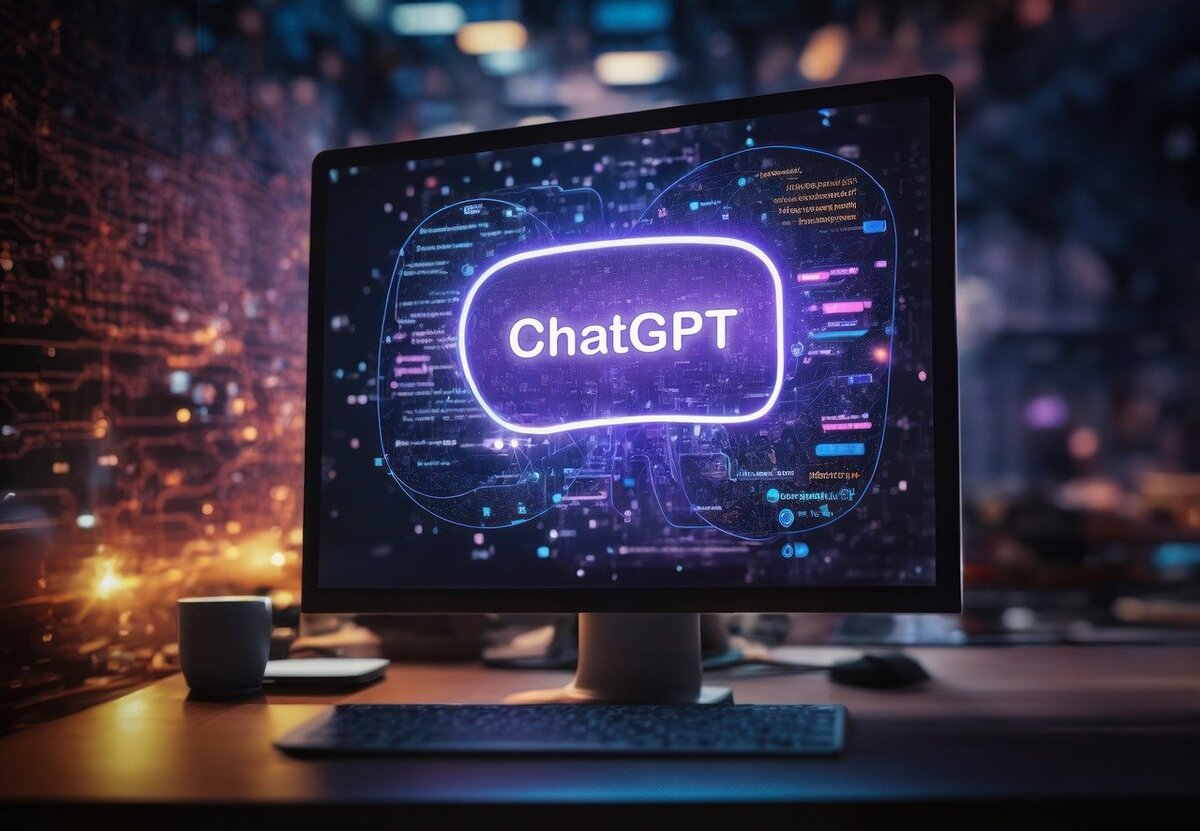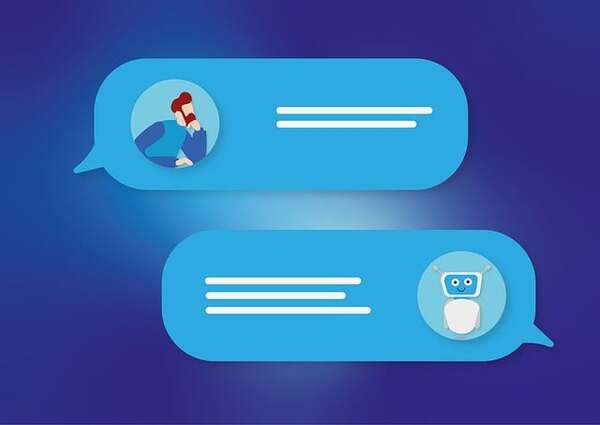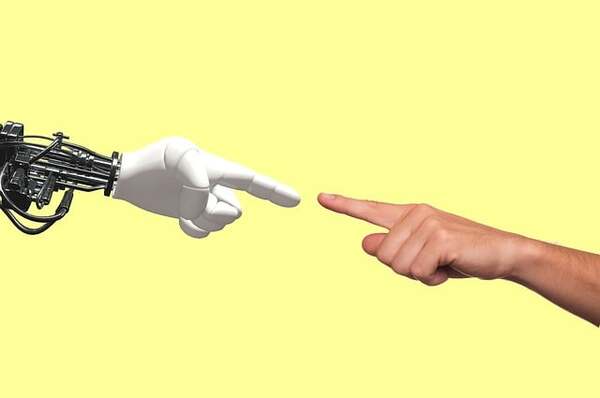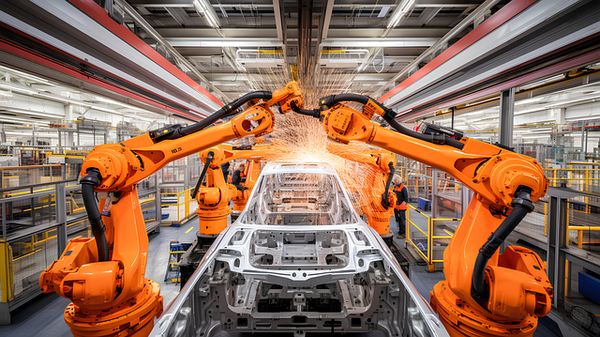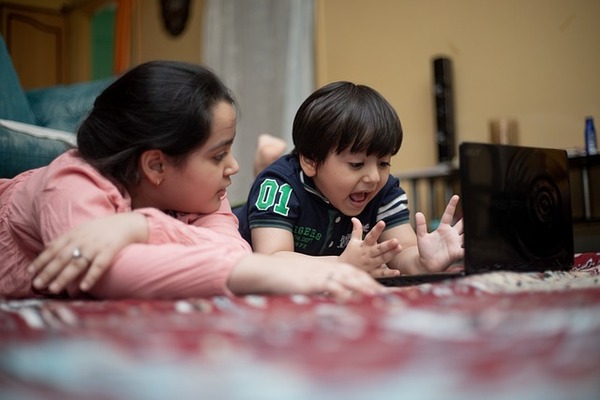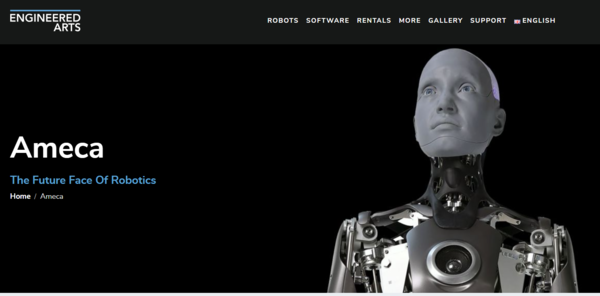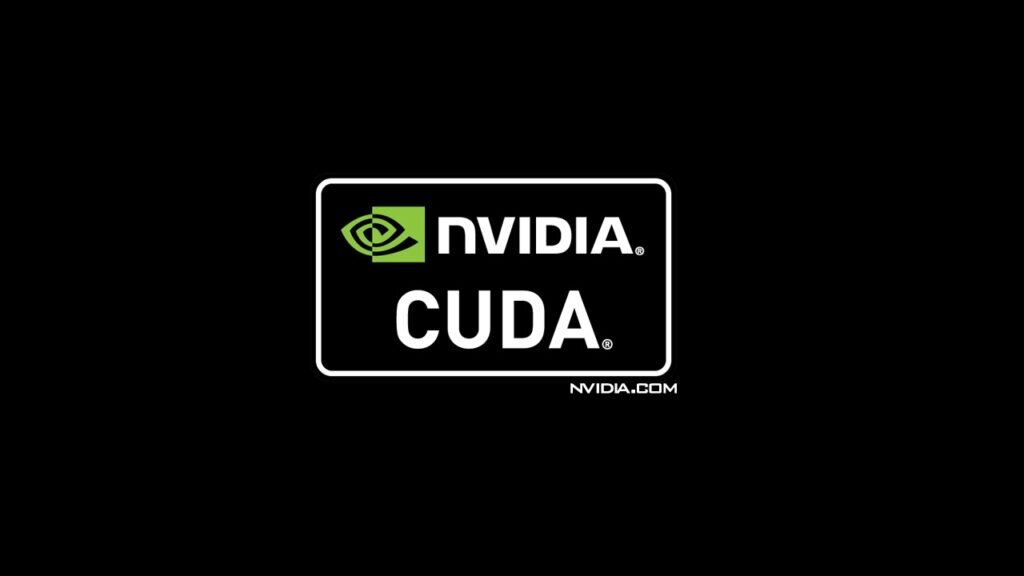Generative AI is expected to have a major impact on the field of robotics, transforming the way robots are designed, developed, and deployed.
What is Generative AI?
Generative AI works by learning from a lot of examples. For example, if you want a generative AI to create pictures of cats, you would show it a lot of pictures of cats. The generative AI would then learn what cats look like and how to draw them.
Once the generative AI has learned from a lot of examples, it can start to create new things.
For example, it could draw a picture of a cat that you’ve never seen before. Or it could write a story about a cat who goes on an adventure.

Generative AI is still under development, but it’s already being used to create all sorts of amazing things. For example, it’s being used to create new drugs and medical treatments, to design new products, and to create new forms of art and entertainment.
How Generative AI Will Impact Robotics
Here are some specific ways in which generative AI is likely to change robotics:
Robot Design
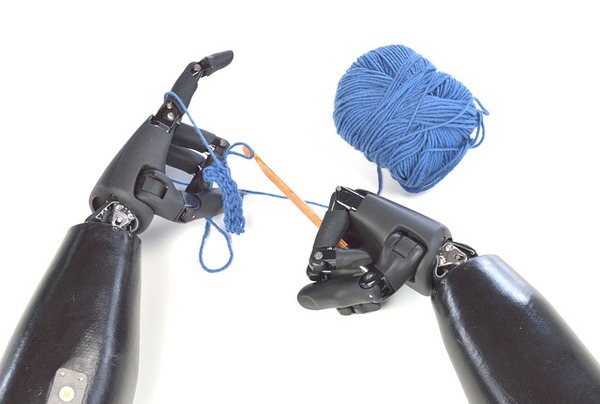
Generative AI can be used to design new and innovative robots, optimized for specific tasks and environments. For example, generative AI can be used to design robots with lightweight, energy-efficient bodies, or robots that can move and manipulate objects in complex and unstructured environments.
Robot Control

Generative AI can be used to develop new control algorithms for robots, enabling them to learn new behaviors and adapt to changing conditions more effectively. For example, generative AI can be used to develop robots that can learn to perform new tasks by watching humans, or robots that can plan and navigate their way through unknown environments.
Robot Training

Generative AI can be used to create realistic simulations of real-world environments, which can be used to train robots before they are deployed in the real world. This can help reduce the risk of damage to robots and their surroundings, and can also help robots learn faster and more efficiently.
Human-Robot Interaction
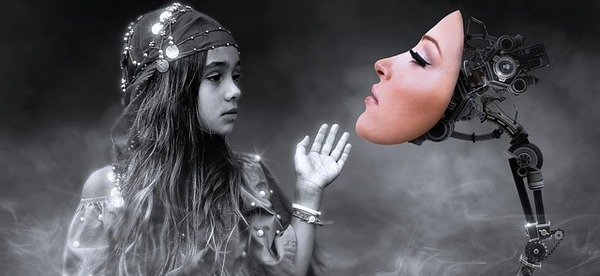
Generative AI can be used to develop robots that can interact with humans more naturally and effectively. For example, generative AI can be used to develop robots that can understand and respond to human language, or robots that can generate realistic facial expressions and body language.
Examples of Generative AI in Industry Today
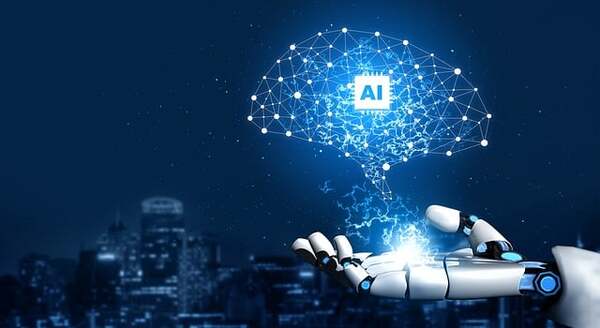
Here are some specific examples of how generative AI is already being used in robotics today:
- Researchers at MIT have used generative AI to design a robot arm that can more easily solve pick and place problems.
- Google is using generative AI to train robots to take out the trash.
- Amazon is using generative AI to develop robots that can pick and pack items in warehouses more efficiently.
These are just a few examples of the many ways in which generative AI is being used to revolutionize the field of robotics. As generative AI technology continues to develop, we can expect to see even more innovative and exciting applications for robots in the years to come.
Keep building!

